- Energy cooperation between China and Central Asian countries is in the strategic and economic interests of both sides
- Between China and Central Asian countries, an energy silk road has been formed, which promotes the common prosperity of China and Central Asian countries
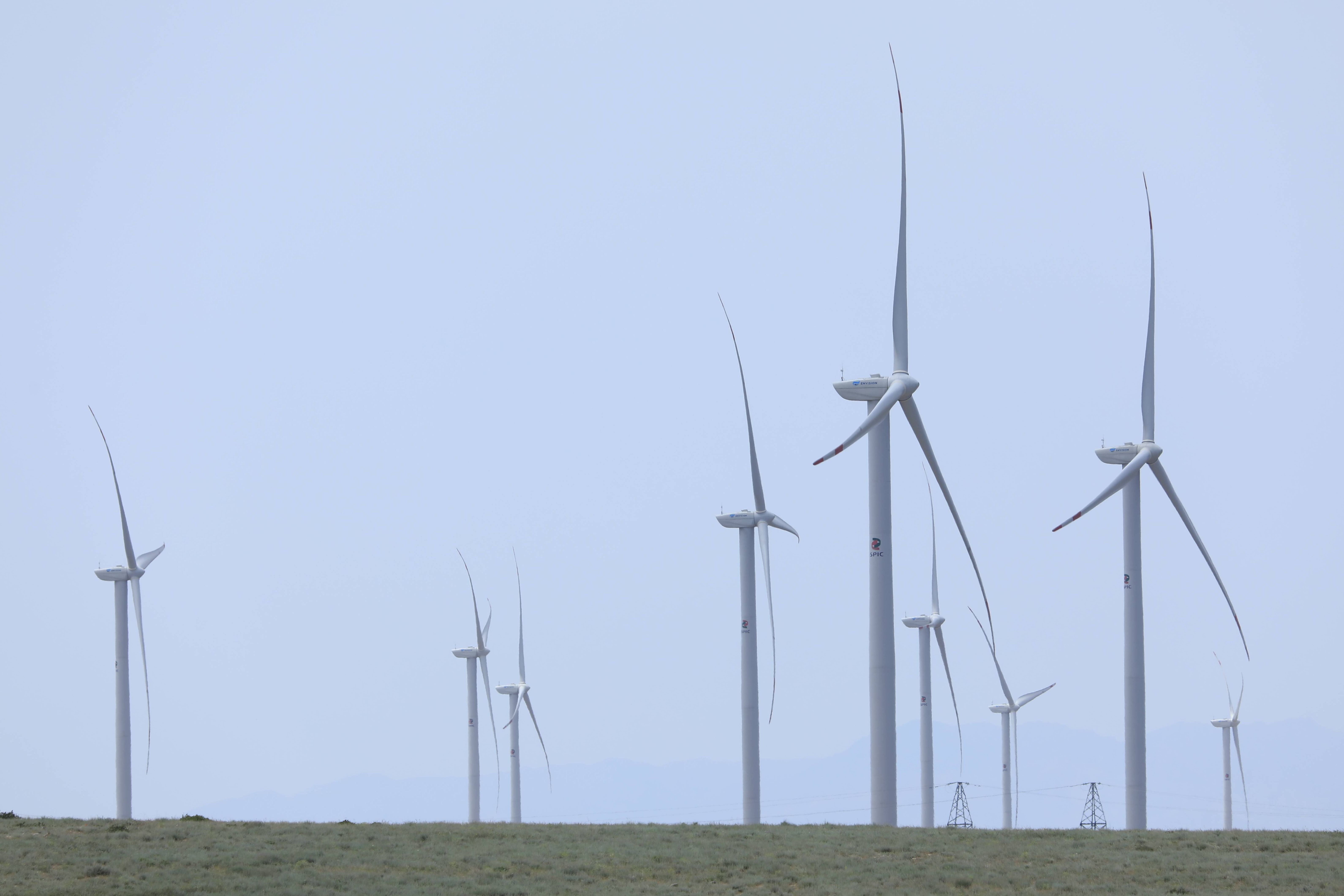
The plan for a year lies in spring, and the ancient Silk Road is glowing with new vigor and vitality. The relations between China and the five Central Asian countries are in the golden age of their thirties, showing broad prospects for vigorous development, and the cooperation is at the right time.
As the world's largest inland geographical region, Central Asia is rich in energy resources, and reserves of oil, natural gas, coal and uranium are among the top in the world. However, in the context of global climate change, international geopolitical turmoil, and energy security challenges, how to improve energy efficiency and promote the development of renewable energy has become a key word in the energy development of Central Asian countries in recent years. As one of the important partners of traditional energy in Central Asia, China has achieved fruitful results in cooperation with Central Asian countries in the field of renewable energy in recent years by virtue of its advanced technology and experience.
Mutual benefit and win-win oil and gas cooperation complement each other
Central Asia is located in the west of China and is the core area for the joint construction of the Belt and Road Initiative. Over the years, China-Central Asia energy cooperation has a solid foundation and fruitful results, and has become the main force in promoting the construction of the Belt and Road Initiative.

China-Central Asia oil and gas cooperation has complementary advantages in resources and markets. Central Asia is rich in oil and gas resources and is an important oil and gas production and export position in the world. According to bp's "World Energy Statistical Yearbook 2022", the remaining proven reserves of crude oil in Central Asia are 4.1 billion tons, accounting for 1.8% of the global total; the remaining proven reserves of natural gas are about 16.7 trillion cubic meters, accounting for nearly 9% of the global total. %. Oil and gas resources in Central Asia are concentrated in three countries: Kazakhstan, Turkmenistan and Uzbekistan, among which Kazakhstan is dominated by crude oil, ranking 12th in the world in reserves; Turkmenistan and Uzbekistan are dominated by natural gas, and Turkey's natural gas reserves Ranked No. 4 in the world. In 2021, Kazakhstan, Tuwu and Uzbekistan will produce about 100 million tons of crude oil and about 162 billion cubic meters of natural gas.
China is not only a big oil and gas consumer, but also a big oil and gas importer. According to data from the China Petroleum and Chemical Industry Federation, in 2022, China will import 508 million tons of crude oil, with a 71.2% dependence on foreign imports; 152.07 billion cubic meters of natural gas, with a 40.2% dependence on foreign imports. It is expected that China's dependence on foreign oil will remain at about 70% in the medium and long term. For China, the supply of oil and gas resources is the core issue of energy security.
In China's oil and gas import structure, Central Asia plays a pivotal role in ensuring China's energy security. The completed China-Kazakhstan crude oil pipeline and Central Asia natural gas pipeline A/B/C are important energy strategic channels in the northwest of China. According to public data, from the start of production in 2006 to February 2022, the China-Kazakhstan crude oil pipeline has delivered a total of 150 million tons of crude oil to China, and the import volume of crude oil will exceed 10 million tons in 2022. In 2022, the Central Asia natural gas pipeline will import 43.2 billion cubic meters of natural gas, accounting for about 30% of China's total natural gas imports.
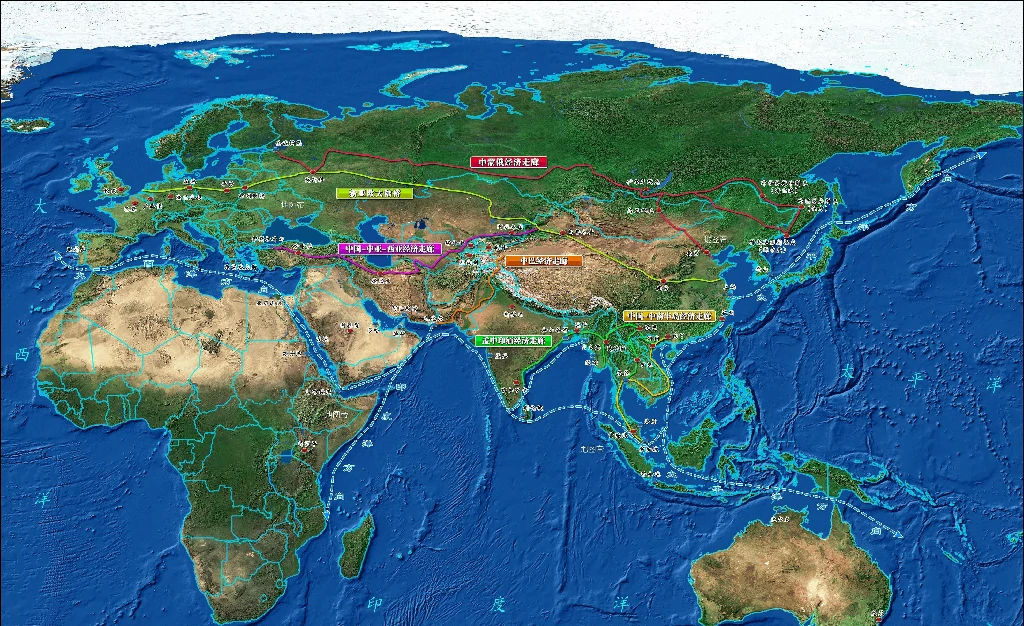
In the future, with the completion of the China-Kazakhstan crude oil pipeline expansion project and the completion of the D-line of the Central Asia natural gas pipeline, the position and role of oil and gas resources from Central Asia in China's energy security supply system will become more important.
Solid foundation for innovative model cooperation and development
China-Central Asia oil and gas cooperation started with the acquisition of the Aktobe project by PetroChina in 1997. After 25 years of development, Chinese petroleum companies have formed a complete upstream, midstream and downstream industrial chain in Central Asia that integrates oil and gas exploration and development, pipeline construction and operation, engineering technical services, refining and sales. In addition, Chinese oil companies earnestly fulfill their social responsibilities in host countries and become an important engine for local employment and economic development. A number of projects have been hailed as a model of oil and gas cooperation by resource countries, shaping a good image of Chinese oil companies and laying a solid foundation for China-Central Asia energy cooperation.
The successful advancement of China-Central Asia energy cooperation has benefited from the active promotion of energy diplomacy, the in-depth development of government-enterprise collaboration, the effective implementation of the concept of mutual benefit and win-win, and also benefited from the innovation and promotion of cooperation models.
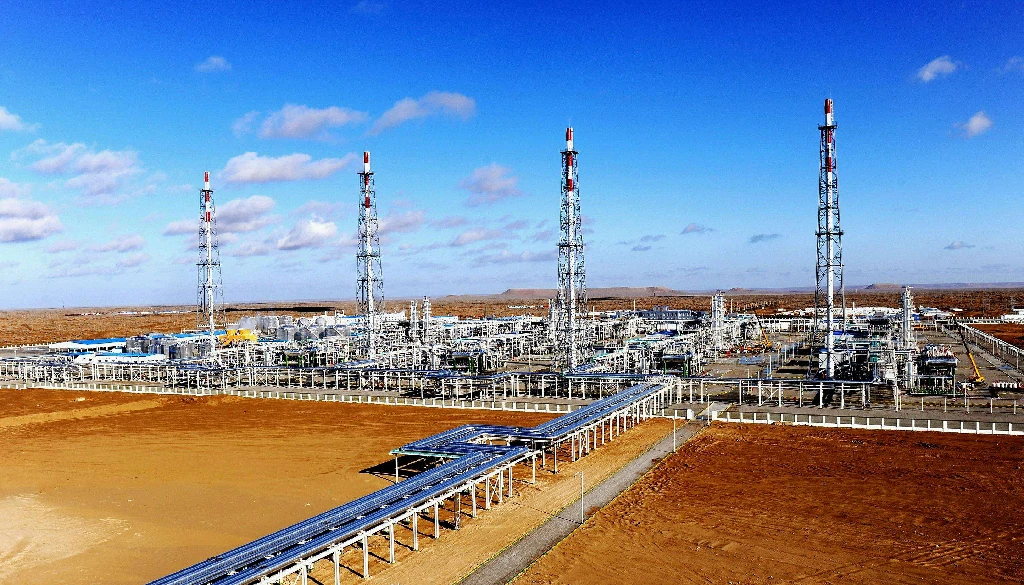
First of all, Chinese oil companies have made full use of the traditional friendly relations between China and Central Asian countries to effectively promote bilateral and multilateral oil and gas cooperation. Energy diplomacy has become an important topic of high-level visits in recent years, and major projects have been directly promoted by high-level national leaders.
Secondly, Chinese employees fully respect the religious culture, customs, ways of thinking and values of the local people, and at the same time respect the original excellent corporate management experience and reasonable system norms of the host country, so that employees with different cultural backgrounds can understand and trust each other. Appreciate and learn from each other. In addition, Chinese oil companies attach great importance to cultivating local oil industry talents in host countries, impart technology to local employees without reservation, actively create employment opportunities for local residents through investment cooperation, and continue to provide local employees with local training, third-country Training and training opportunities in China.
In addition, in China-Central Asia energy cooperation, Chinese oil companies focus on the innovation of development ideas and cooperation models, continuously improve their soft power and smart power to participate in international operations, and continue to inject vitality into the long-term development of cooperation.
Low-carbon transformation and green cooperation become new highlights
China is the world's largest hydrogen producer and has great potential for hydrogen energy cooperation with Central Asian countries. In 2021, China's annual hydrogen production output will be about 33 million tons, and the main technologies and production processes such as hydrogen energy preparation, storage and transportation, hydrogenation, fuel cells and system integration have been initially mastered. According to the China Hydrogen Energy Alliance, hydrogen energy will account for at least 20% of China's terminal energy system in 2060, the annual output value of the industrial chain will be 12 trillion yuan, and the demand for hydrogen energy will reach 130 million tons. At the same time, China's installed capacity of renewable energy power generation will exceed 1 billion kilowatts in 2021. Among them, the installed capacity of wind power and photovoltaic power generation exceeded 300 million kilowatts. China is the world's largest producer of photovoltaic equipment and wind turbines, with strong output of renewable energy technology and equipment, and urgent demand for energy input and consumption.
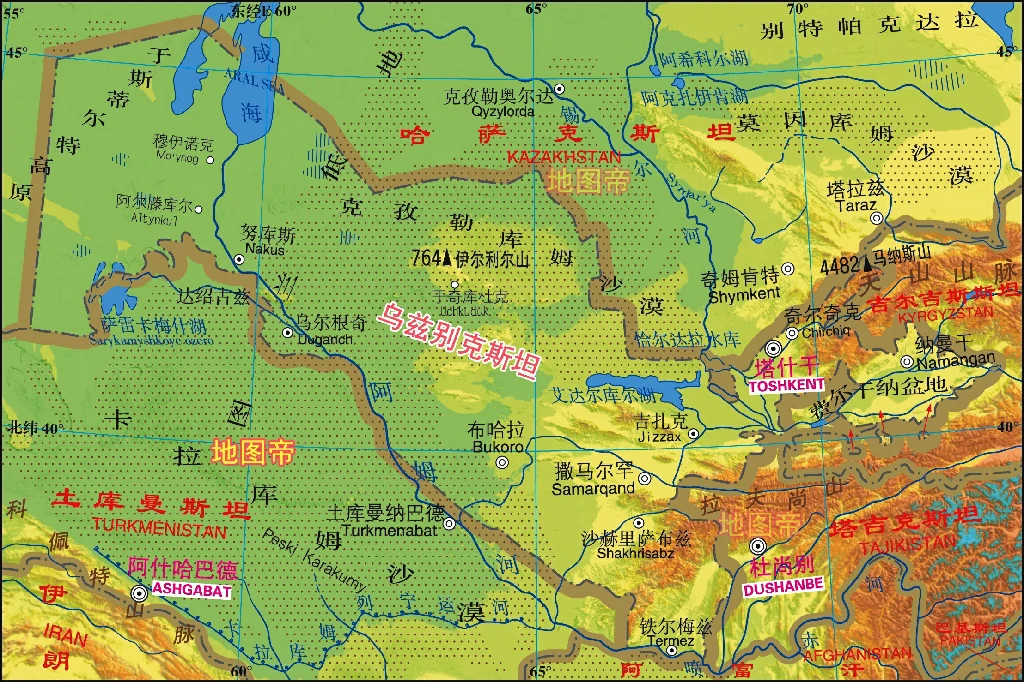
Central Asia has energy advantages such as oil and gas, hydrogen energy, water and wind, and has laid a resource foundation for green cooperation with China. The distribution of green energy and fossil energy in Central Asia presents a multiple and complementary structure. Freshwater resources in Tajikistan and Kyrgyzstan account for more than 80% of Central Asia, with huge hydropower potential; Kazakhstan, Turkmenistan and Uzbekistan are rich in oil, gas and coal resources. As of June 2020, Kazakhstan's renewable energy power generation accounted for 14.6%, and the available photovoltaic and wind energy resources were about 2.5 billion kWh/year and 832 million kWh/year respectively; 94% of Kyrgyzstan's electricity came from hydropower stations Production, the available photovoltaic resources are 267 million kWh/year; Tajikistan hydropower accounts for about 98% of the total power generation; Turkmenistan mainly uses natural gas power generation.
Kazakhstan has a solid foundation for renewable energy and has great potential for exporting green hydrogen. As of September 2021, the country has 123 renewable energy projects nationwide, with an installed capacity of about 2,000 megawatts of renewable energy in operation, which can supply 1 trillion kWh of wind energy per year. It is estimated that by 2025, the country's green energy field will attract investment of about 2.35 billion US dollars, and the total number of renewable energy projects will reach 182, with a total installed capacity of 4,400 megawatts and an annual increase of 6 billion kWh of power generation.
Uzbekistan's hydropower accounts for 12% of the country's total power generation, and its renewable energy potential is about 51 billion tons of oil equivalent, of which photovoltaic potential is equivalent to 50.973 billion tons of oil equivalent. The country plans to build 8 new wind power generation and 10 solar power generation projects in various places in the near future, and strives to add 40 billion kWh of power generation by 2026, and the total domestic power generation will be 110 billion kWh, increasing the proportion of renewable energy power generation to 25% %, increase energy efficiency of economic development by 20%, and reduce harmful gas emissions by 10%.
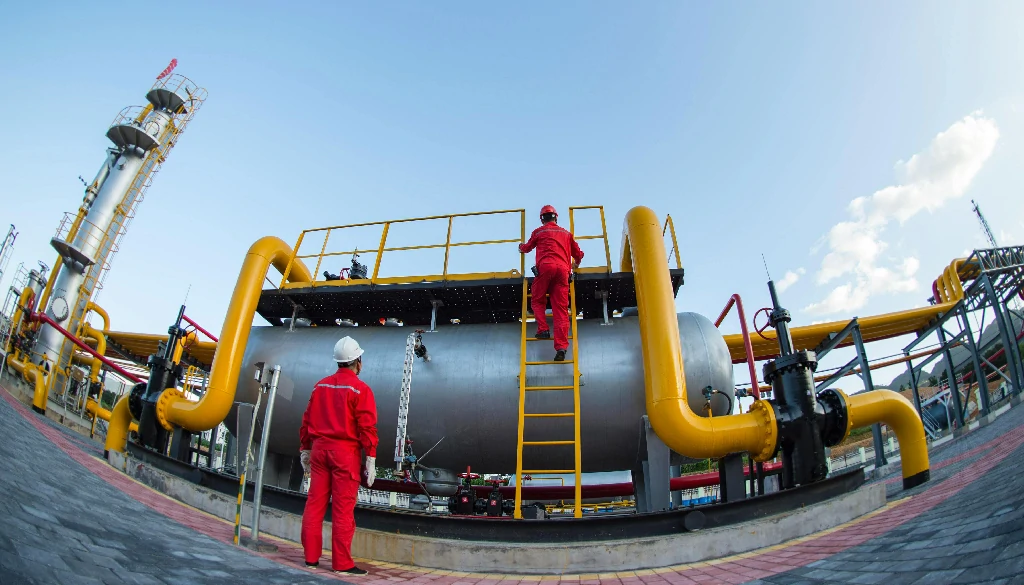
Tajikistan has huge potential in hydropower and renewable energy exports. The first-phase reconstruction project of the Nurek Hydropower Station in Tajikistan, launched in March 2019, is jointly invested by the World Bank (US$225.7 million), the Asian Infrastructure Investment Bank (US$60 million) and the Eurasian Development Bank (US$40 million). To improve the stability of tower power supply and expand the export scale of green power energy.
Central Asian countries pay attention to building a comprehensive energy system, so that various energy sources can be seamlessly connected, combined for power generation, and efficiently converted. Hydrogen energy is the hub or hard currency that connects various forms of energy. The considerable silicon reserves in Central Asia provide a basis for strengthening cooperation on important raw materials for solar photovoltaic panels. The combination of China's large-scale and low-cost renewable energy advantages and Central Asia's green hydrogen raw materials can realize the synergistic effects of energy transformation, economic development and national strength revitalization.
The ancient Silk Road stretched thousands of miles and lasted for thousands of years. It has accumulated the Silk Road spirit centered on peace and cooperation, openness and inclusiveness, mutual learning, mutual benefit and win-win results. As a precious heritage of human civilization, it has been continuously inherited and carried forward. After two thousand years, along the ancient Silk Road, a new energy Silk Road is slowly unfolding in front of the people of China and Central Asia. Editor/Xu Shengpeng
Comment
 Praise
Praise
 Collect
Collect
 Comment
Comment
 Search
Search



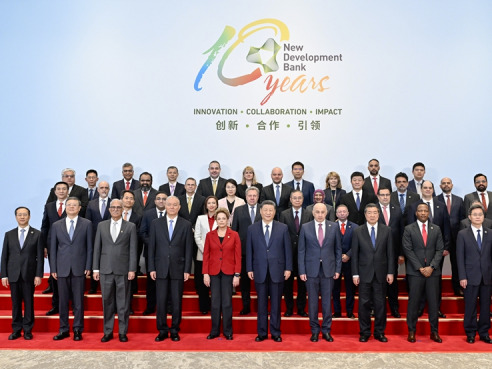

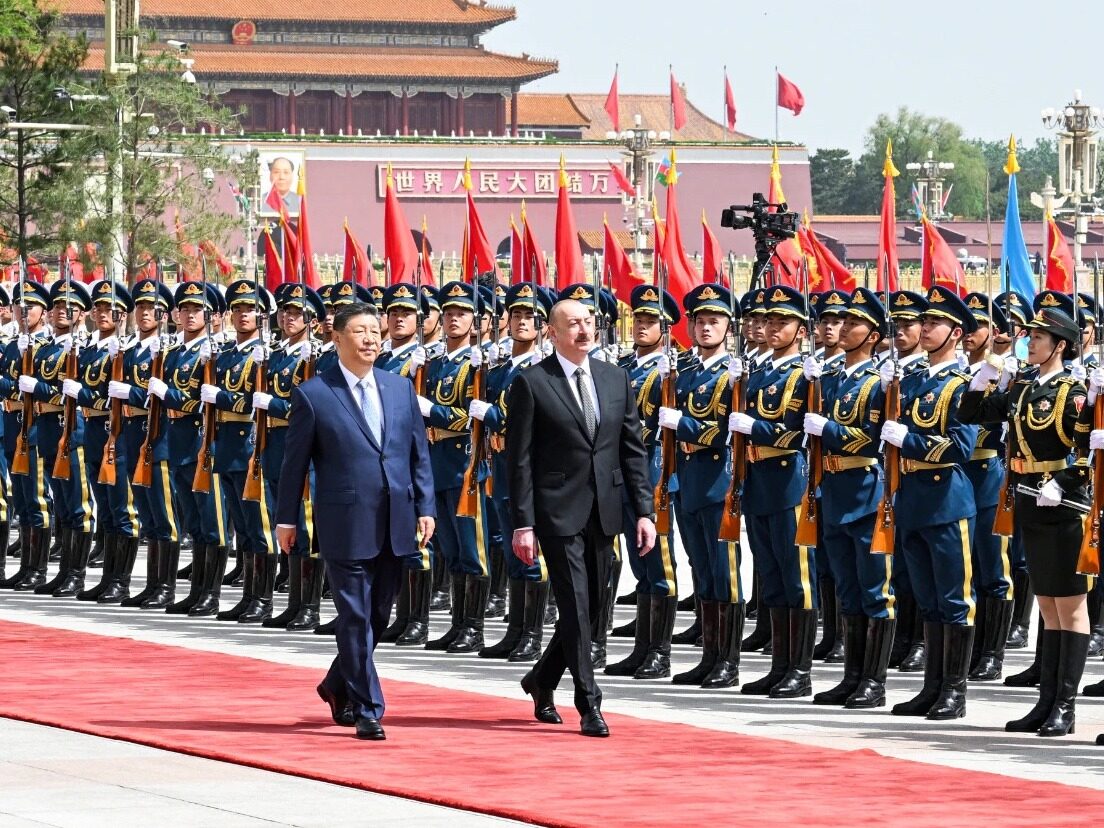

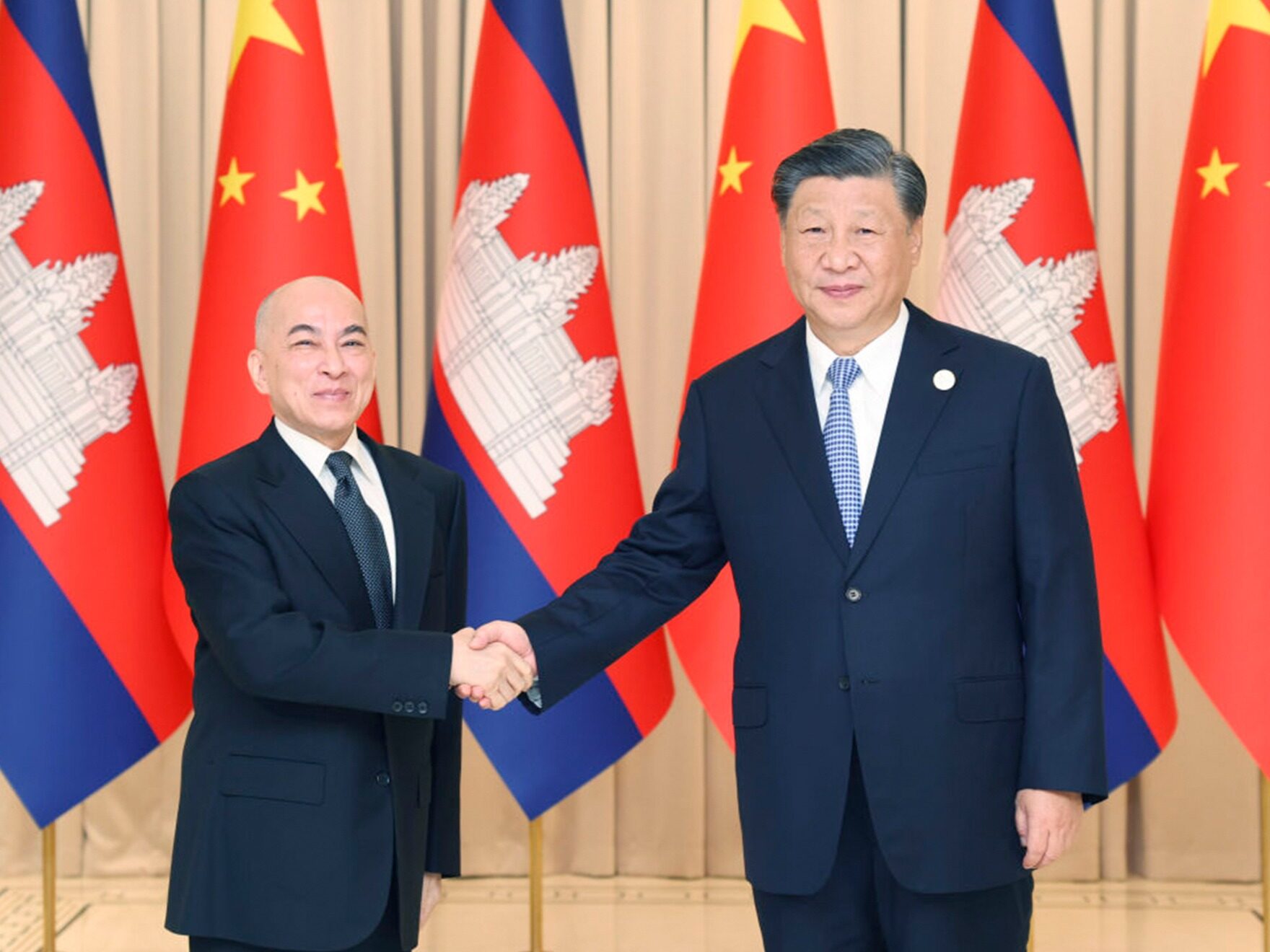






Write something~